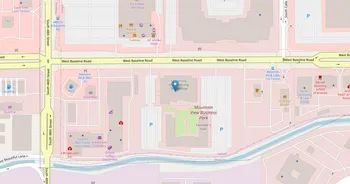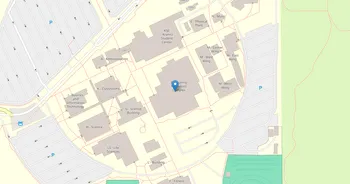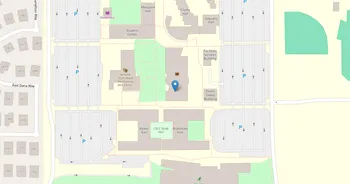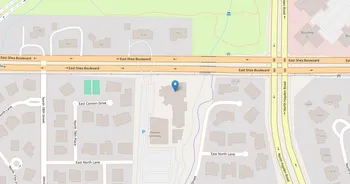Conservatory of Recording Arts and Sciences (CRAS) : Overview, Courses, Scholarships & Rankings
About Conservatory of Recording Arts and Sciences
Under Tempe's desert sun, the studios stay cool and the meters keep moving. The Conservatory of Recording Arts and Sciences is known for a conservatory-style, single-focus approach to audio, blending music production, live sound, post, and broadcast work. Students log serious hands-on time in acoustically treated rooms and control spaces, using industry-standard consoles, microphones, and DAWs. Campus resources center on labs, advising, workshops, and tech support, so focus stays on craft and session-ready habits.
The vibe is collaborative and no-nonsense, with late-night mixes, peer feedback, and classmates who feel like a crew. Student life taps Tempe's scene, from Mill Avenue venues to desert trails and the lake when you need to reset. Career prep has a strong reputation here, with portfolio building, resume polish, and connections to studios, venues, and media outlets. And the culture matches the city's rhythm: creative, unpretentious, and plugged into what's really happening in audio.
Key Institutional Details
Contact & Profile
Academic & Institutional
Academic Programs & Fields of Study
Conservatory of Recording Arts and Sciences (CRAS) offers 1 degree programs across 1 major academic fields, graduating approximately 412 students annually. The most popular fields by graduate volume are Media Tech (1 programs, 412 graduates). Explore program details, award levels, and graduate demographics below.
Media Tech (1 programs, 412 graduates)
Digital Media Technologies and Broadcasting Systems
| Program Name | Graduates | Gender Distribution | Award Levels | CIP Code |
|---|---|---|---|---|
| Recording Arts Technology | 412 |
|
Certificate (1-2 yrs)
|
10.0203 |
Tuition, Fees & Estimated Costs
Overview of tuition rates, housing, and other annual education expenses for undergraduate and graduate students
Financial Aid & Student Support
Summary of scholarships, grants, student loans, and financial aid statistics for undergraduate students
Student Success Metrics
Graduation rates and post-graduation earnings to help assess student outcomes and long-term value of education.
Loan Burden & Repayment Outcomes
Breakdown of loan repayment rates and student debt levels by income and dependency status.
Frequently Asked Questions
Find answers to the most common questions about Conservatory of Recording Arts and Sciences (CRAS)
What academic programs and degree levels does Conservatory of Recording Arts and Sciences offer?
Conservatory of Recording Arts and Sciences (CRAS) offers 1 academic programs across 1 major fields of study, with available degree levels: Certificate (1-2 yrs).
Most popular program areas include:
- Digital Media Technologies and Broadcasting Systems (1 programs)
Data based on IPEDS program completions for 2023-2024 academic year. Numbers reflect programs where students graduated, not all offered programs.
What financial aid and scholarships are available at Conservatory of Recording Arts and Sciences?
Conservatory of Recording Arts and Sciences (CRAS) provides financial aid to 74% of first-time, full-time students, with average grants of $3,679 and average loans of $6,073.
Average financial aid amounts by type:
- Pell grants: $3,698
- State/Local grants: $185
- Federal loans: $5,121
The university supports 250 students with grants and 408 students with loans annually.
Data based on IPEDS for 2022-2023 academic year. Financial aid amounts and percentages may vary by program, enrollment status, and individual circumstances.
What is the average salary for Conservatory of Recording Arts and Sciences graduates?
Conservatory of Recording Arts and Sciences (CRAS) graduates earn a median salary of $32,059 after 6 years and $37,429 after 10 years.
The salary range 10 years after graduation spans from $18,641 (25th percentile) to $57,440 (75th percentile), with top earners reaching $72,300 (90th percentile).
Data based on IPEDS for 2022-2023 academic year. Salary data reflects graduates who received federal financial aid (approximately 60% of all graduates). Actual earnings may vary significantly based on program, location, and individual circumstances.
Related Universities




Found something useful? Help others discover it too! Share with friends, on social media, or save for later - every share helps someone find the information they need.